|
Happy 2025! May it be a year filled with good health, much laughter, love, and peace. Let’s toast the New Year with a glass of Italian bubbly from Abruzzo and Franciacorta, two areas I have explored firsthand; sip by sip! Abruzzo at a glance. Abruzzo is a region nestled in central Italy between the Adriatic Sea and Gran Sasso d’Italia (one of the highest peaks in Italy, standing at 9,554 ft.) and Majella Massif, both part of the Apennine Mountains. For centuries, the inhabitants of Abruzzo have referred to the Majella Massif as a sacred mountain. Two geographical areas comprise Abruzzo: the inland mountainous area that covers 65% of the entire region and the long coastal area with sweeping hills. Climate and geography play an essential role in the outcome of wine, and the stage is set for the terroir of Abruzzo. A moderate coastal climate exists along the Adriatic-facing side of the Apennines and is more continental inland. The vineyards benefit from the high altitude, which provides significant diurnal temperature variations and good ventilation that cools the vineyards, while the Adriatic contributes a coastal breeze. Primary soils are clay-rich interspersed with sandy limestone and marine deposits found along the coastline. Calcareous soils, marl, and rock are inland. Cantina Zaccagnini Tralcetto Brut Rosé IGT Founded in 1978, Cantina Zaccagnini is situated among the scenic hills of Bolognano in the province of Pescara. Every bottle they produce has a vine branch tied with raffia around the neck of the bottle. The Cantina said, “It has become a symbol of excellence, passion, and love for art and wine. Made by the women of Bolognano, where our winery was founded, the “tralcetto” has become an ambassador for the region and the wines of Abruzzo throughout the world, standing for quality connection, and respect for the land.” The estate’s vineyards are organically farmed but not certified. This sparkling wine is produced using the Charmat method. Nose: Red berries with hints of ginger and minerality. Palate: Fresh and dry with fine bubbles and notes of strawberry, raspberry, and a touch of spice. Cranberry notes linger on a long and slightly tart finish. Delicious! Alcohol: 12% SRP: $20 Pairing suggestions: Enjoy as an aperitif or with seafood, shellfish, pasta, vegetable risotto, or grilled chicken. Franciacorta at a glance. Franciacorta is a small wine-producing appellation located in the Brescia province in the Lombardy region of northeastern Italy. Due to the morainic origin of this area (rocks and sediments carried down by the retreating glaciers), the well-draining alluvial soil is rich in minerals. The climate in Franciacorta is considered warm continental, influenced by the Alps. The area also benefits from its close proximity to Lake Iseo, which helps moderate temperatures and plays an important role in both summer and winter seasons. A beautiful dance occurs between the cool air that descends from the Alps and is then captured by Lake Iseo, allowing just the right amount of warmth to spread over the vineyards so that the grapes can ripen and reach proper sugar levels. The dance continues at night when the cool air from the higher elevations of the Alps swoops down to bring fresh air and cool the vineyards from the heat of the day. The diurnal temperatures contribute to optimal grape ripening and preserving acidity in the grapes. Franciacorta DOCG sparkling wines are produced exclusively using the traditional “Metodo Classico” method, in which the second fermentation occurs in the bottle. Only Chardonnay, Pinot Nero (Pinot Noir), and Pinot Blanc are allowed in the blend. The regulations are very strict. The harvest must be done by hand, and the requirements for aging on the lees are as follows: Franciacorta Non-Vintage is 18 months Franciacorta Satèn and Rosé Non-Vintage is 24 months Franciacorta Vintage is 30 months Franciacorta Riserva is 60 months Berlucchi ’61 Extra Brut Although still wine and sparkling wine have been made in this area for centuries, it is Franco Ziliani, a young winemaker working for Guido Berlucchi, who is credited for his approach to making the highest quality metodo classico wine with his first vintage in 1961 bearing the name ‘Franciacorta’ on the label. The winery has 515 hectares of land and produces approximately 4,500,000 bottles of Franciacorta DOCG wine annually, following organic farming methods. This Extra Brut ’61 is a tribute to the birth of Franciacorta in 1961. It is made with 85% Chardonnay and 15% Pinot Noir. Minimum aging is 24 months on the lees, followed by two months after disgorgement. Nose: Fragrant white flowers, ripe red berries, apricots, Meyer lemons, and yeasty bread. Palate: Creamy mousse with crisp acidity that blends with the aromas that segue onto the palate. It finishes with a touch of almond and lemon zest. An elegant pour! Alcohol: 12.5% SRP: $38 Pairing suggestions: Enjoy this sparkling wine as an aperitif or with seafood, creamy pasta dishes, ripe cheese, and veggie appetizers. Whether you are celebrating a special occasion or a “just because” moment, your palate will be delighted with these sparkling wines! Happy New Year! Until next time…
Cheers! Penina To leave a comment or if you have an inquiry, please contact me at [email protected] Happy New Year! Are you ready to embrace 2024? I certainly am! I have lots to share with you over the next few months, which includes more insights on my trip to Mt. Etna and Alentejo, a Bulgarian dream tour, and lots of wine from around the world! With the season’s first significant snowstorm in progress, I decided to sample a few red wines to entertain my palate while the snow piles up outside. So, let’s start toasting the New Year with these tasty treats from Italy, Portugal, and Chile. Masciarelli Montepulciano d’Abruzzo DOC 2020 Masciarelli Tenute Agricole is a family-owned winery founded in 1981. Led by mother-daughter team Marina Cvetić and Miriam Lee Masciarelli, the winery is the only one in Abruzzo to own land in all four provinces ((Chieti, Pescara, Teranio, and L’Aquila.) They have 350 hectares of estate-owned vineyards and are committed to sustainability in the vineyards and the winery. Masciarelli has 22 labels and seven product lines. This wine is 100% Montepulciano, hand-harvested from nine specific vineyards. It is aged in stainless steel tanks and then bottled without fining or filtration. Nose: Violets, cherry, berries, and spice. Palate: Juicy bing cherries, red berries, spice, and a hint of herbs. It is nicely balanced and good value for the price! Alcohol: 13.5% SRP: $15 Pairing suggestions: Pizza, pasta, grilled meat, or charcuterie board. Dos Lusíadas Pinteivera Tinto Douro Valley DOP 2018 Michel Chapoutier is an iconic winemaker and wine merchant known for his organic wines in the Rhone Valley, France. In 2009, he picked out a small, three-hectare plot in the Douro Valley, Portugal. His motivation was to produce wine from the indigenous and most praised grape variety, Touriga Nacional. He and local growers collaborated, resulting in the creation of Pinteivera. This 100% Touriga Nacional is hand-harvested at maturity, and the wine is aged in 100% French oak barrels for 12 months, with a percentage that goes to new barrels varying from year to year. “Dos luisiadas is named after the famous poem, Os Lusíadas, written by Portuguese poet Luís Vaz de Camões. This epic work tells the tale of the Portuguese explorer Vasco de Gama’s travels to India.” Nose: Violets, berries, and spice, with a touch of cherry and herbs. Palate: Lovely notes of dark fruit, plum, dark cherry, wisps of minerality, and notes of dark berries and dark chocolate lingering on a long finish. Beautiful depth and character. Alcohol: 15% SRP: $38 Pairing suggestion: Hearty stews, braised brisket, seared tuna, chili, or grilled octopus. Viña Maquis Gran Reserva Cabernet Sauvignon 2018 Viña Maquis is located in the heart of the Colchagua Valley in Chile between the Tinguiririca River and the Chimbarongo Creek. Both waterways act as conduits for cool coastal breezes that moderate the warm summers and have a pronounced effect on lowering the temperatures during the hot season. The winemakers said, “This has an impact on the characteristics of the grapes and the wines by increasing the fresh fruit and floral aromas, making the wines more vibrant on the palate and moderating the alcohol levels.” The Hurtado family has owned the estate since 1916, but its roots date back to the 1800s. They own 218 hectares of vineyards in the DO Colchagua Valley. The grapes for this wine are 90% Cabernet Sauvignon, 6% Cabernet Franc, 3% Carmenere, and 1% Petit Verdot. The grapes are all sourced and hand-picked from a vineyard in the Palmilla DO. The wine was aged for 12 months in French oak barrels. Nose: Red berries, plum, herbs, baking spice, and bing cherries. Palate: Aromas segue onto the palate with an emphasis on cherry and hints of minerality. The tannins are mild, and the wine has good structure and balance. The finish is long and heavenly. Alcohol: 14% SRP: $20 Pairing suggestions: Barbecue fare, stews, cheese plate, portobello burger, or seared tuna. Montes Wings Carménère 2020 Montes Winery is based in the Colchagua Valley, Chile, with its vineyards spread throughout the country. It was established in 1987 by original partners Aurelio Montes and Douglas Murray. In 1988, Alfredo Vidaurre and Pedro Grand joined the partnership. These visionaries created a company recognized worldwide today, with their wines exported to over a hundred countries. Wings was created from a long-running dispute between Aurelio Monte Sr. and his son, Aurelio Jr. His son wanted to produce a “more free-flowing style of Carménère.” The result is Wings. It is 85% Carménère and 15% Cabernet Franc. Grapes for this wine are sourced and hand-picked from their Finca de Apalta estate in the Colchagua Valley. The wine was aged in new French oak barrels (80%) and second- and third-use barrels (20%) for 16 months before bottling. Nose: Dark berries, cherry, pepper, baking spice, tobacco, and a hint of fig.
Palate: Lush dark fruit with spice and a touch of dark chocolate lingering on a long finish. Beautifully structured and complex. It will only get better with age! Alcohol: 14.5% SRP: $55 Pairing suggestions: Aged cheese platter, roasted/grilled meat, mushroom stew, lamb chops, or vegetable risotto. Fun fact: Chile has the most Carménère under vine in the world, at 10,332 ha/25,530 acres in 2021. By comparison, France has just 80 ha/197 acres. DNA analyses carried out in New Zealand in 2006 showed that several vines planted as Cabernet Franc are, in fact, Carménère. It is also present in Veneto, Italy, plus a few vineyards in China. I wish everyone a healthy, happy, and peaceful New Year! Until next time… Cheers! Penina To leave a comment or if you have an inquiry, please contact me at [email protected] Whether at the beach, poolside, or inside with the air conditioner blasting during the sweltering and relentless heat of August, I have a few wines to entertain your palate and cool you off a bit. However, I must stress how important it is to stay hydrated with WATER during these hot days, especially if you are consuming alcohol. It’s all about balance! Masciarelli Rosato IGT Colline Teatine 2022 Masciarelli Tenute Agricole is a family-owned winery founded in 1981. They have 350 hectares of vineyards located in all four provinces of Abruzzo, Italy, and are committed to sustainability in the vineyards and the winery. Masciarelli has 22 labels and seven product lines. This rosé is part of their Classic line (Line Classica). It is made with 100% Montepulciano grapes, and fermentation occurs in stainless steel tanks. Nose: Floral and fruity. Palate: Delicate notes of fresh red berries, cherry, and nicely balanced. Alcohol: 13% SRP: $14 Pairing suggestions: Enjoy as an aperitif or serve with appetizers, light pasta, salads, pizza, and seafood. Carpineto Dogajolo Toscano Bianco IGT 2022 Carpineto, a Tuscan winery founded in 1967, is the producer of Carpineto and Dogajolo wines. This year marks a 30-year milestone for the production of Dogajolo Super Tuscans, specifically Toscano Rosso, launched in 1993. In 2009, Toscano Bianco was added to the Dogajolo line, followed by Toscano Rosato in 2011. They have 1,200 acres of sustainably farmed land spread amongst five carbon-neutral estates in the appellations of Brunello di Montalcino, Chianti Classico, Vino Nobile di Montepulciano, Maremma, and Alto Valdarno. The grapes for this wine are a blend of 40% Chardonnay, 30% Sauvignon Blanc, and 30% Grechetto. It is produced from estate-grown fruit from the Montepulciano estate, with each varietal vinified separately in stainless steel tanks. Nose: Lovely white floral, citrus, notes of tropical fruit. Palate: Pear, sweet apple, lively acidity, honeysuckle, and green melon. Alcohol: 13% SRP: $14.99 Pairing suggestions: Perfect for an aperitif or with salads, pasta, seafood, grilled white meat, or Asian cuisine. Emmolo Sauvignon Banc 2022 Jenny Wagner is the owner and winemaker of Emmolo, located in Napa Valley, CA. Emmolo is named for her maternal grandmother, who came to Napa from Sicily in 1923 and founded a rootstock nursery, supplying many local growers. On her paternal side, roots can be traced back to 1857 when her great, great, great grandfather made his way to Napa, kicking off a long history of farming and winemaking. And Jenny’s father, Chuck Wagner, and his parents founded Caymus Vineyards! This wine is 100% Sauvignon Blanc sourced from Napa and Solano counties. Nose: Citrus, melon, and white flowers Palate: Crisp, clean, and refreshing wine that is minerality-driven with white stone fruit, grapefruit, and green apple. Alcohol: 12.8% SRP: $22 Pairing suggestions: A great aperitif sipper or serve with grilled fish, seafood, salads, mushroom risotto, or sushi. Mer Soleil Chardonnay Santa Lucia Highlands 2021 Established in 1988, Mer Soleil is a California wine estate in the Santa Lucia Highlands AVA in Monterey County. It was founded by the Wagner family, owner of Caymus Vineyards. This wine is 100% Chardonnay sourced from hillside vineyards in the Santa Lucia Highlands. The intense sunlight ripens the grapes, and the cooling breezes from Monterey Bay lead to a longer growing season, both contributing complexity to the wines. This wine is fermented and aged in new and used French oak barrels for approximately 11 months. Nose: Honeysuckle, citrus, stone fruit, and toast. Palate: Fresh notes of lemon/lime, green apple, pear, and vibrant acidity. Creamy mouthfeel with a long citrusy finish. Alcohol: 14.5% SRP: $24 Pairing suggestions: Enjoy as an aperitif or serve with baked cod, creamy pasta, grilled white meat, or salads. Ettore Pure Chardonnay 2019 Ettore Winery is a certified organic winery in Mendocino, CA. Ettore Biraghi, founder and noted European winemaker, realized a dream of producing world-class fine wines in the Sanel Valley. He released his first organic and terroir-driven range of Chardonnay and Merlot wines from Mendocino. This wine is 100% Chardonnay organic grapes, estate grown in their Sanel Valley Vineyards in Hopland, the southernmost town in Mendocino County. The wine is aged in stainless steel tanks. Nose: White flowers, tropical fruit, white stone fruit, and citrus. Palate: Aromas segue onto the palate with grapefruit and honeydew. It is unoaked, but there is a trace of butteriness…a complex and delicious wine. Alcohol: 13.5% SRP: $28 Pairing suggestions: Enjoy as an aperitif or with salads, seafood, grilled fish, chicken, mushroom risotto, or crab cakes. Stay cool and enjoy these wines, chilled, of course! Until next time…
Cheers! Penina To leave a comment or if you have an inquiry, please contact me at [email protected] Daylight savings has begun, and spring is just around the corner! As a rule, my mood dictates what wine to open, not the weather. And as I’ve mentioned many times in articles I’ve written, I’m not a “seasonal” wine drinker. I enjoy red, white, and rosé all year round. But of late, I’ve been looking forward to sitting outside amongst the budding trees, being serenaded by the birds, enjoying the scent of blooming lilacs, watching the sunset, and sipping a white or rosé wine! Pure bliss! And as much as I love all the seasons, I have a soft spot for spring because it is the season of renewal. And as Gustav Mahler, the composer, said, “Spring won’t let me stay in this house any longer! I must get out and breathe the air deeply again!” So without further ado, here are three white and three rosé wines to kick off the spring season and to enjoy while embracing the longer days and Mother Nature’s gift of renewal. Hat Strap Chardonnay, Los Carneros AVA 2021 This California wine is produced by Cline Family Cellars, established in 1982, a family-owned and operated winery. The grapes for this 100% Chardonnay are sourced from the Cline family’s J. Poppe sustainably farmed vineyard, the oldest Sonoma vineyard on the winery’s estate. Grapes are fermented in a mixture of stainless tanks and French oak barrels. The wine is aged for ten months in 35% new French oak barrels, 35% in neutral barrels, and the rest in stainless. Nose: Sweet apples, white stone fruit, tropical notes, and a hint of lemon. Palate: Juicy peach, pineapple, a hint of herbs and spice with a creamy mouthfeel, and lively acidity balanced with a savory finish. Alcohol: 14.5% SRP: $25.00 Pairing suggestions: Enjoy as an aperitif or pair with salads, light pasta, grilled seafood, or roasted chicken and veggies. Herdade Do Esporão Monte Velho Rosé 2021 Herdade Do Esporão, whose history dates back over 750 years, has vineyards located in the Alentejo wine region in the southern half of Portugal. Monte Velho means “old mound.” and refers to a high point on Herdade Do Esporão estate capped by the ancient square fortress depicted on the label. Blending is a significant part of wine production in Alentejo, and this rosé is a blend of Touriga Nacional, Aragonez, Tinta Caiada, Syrah, Trincadeira, and Arinto, a white grape. The wine is certified vegan by the European Vegetarian Union. Nose: Floral, red berries, and pomegranate. Palate: Aromas segue onto the palate with a nice balance of fruit and acidity. This wine is fresh and lively and is an easy sipper to enjoy while watching the sunset! Alcohol: 12.5% SRP: $12 Pairing suggestions: Enjoy as an aperitif, or serve with charcuterie or light fare. Mandrarossa Grillo Sicilia DOC 2021 Mandrarossa is a brand created by Cantine Settesoli, located in Menfi, Sicily, on the island’s southwestern side. Cantine Settesoli was founded in 1958, and it is the largest winery in Sicily and a source of ongoing research and innovative ideas. Mandrarossa is Settesoli’s top brand, which emerged in 1999. This wine is 100% Grillo, a grape well-suited to Sicily’s hot, dry climate. It is a light and easy-drinking wine. Nose: Floral, stone fruit, lemon zest, herbs, and pear. Palate: Aromas segue onto the palate with citrus, vibrant acidity, salinity, and minerality. Alcohol: 13% SRP: 15 Euros (may not be available in the US) Pairing suggestions: Fresh ricotta, grilled veggies, seafood pasta, and grilled swordfish. Villa Gemma Cerasuolo d’Abruzzo Superiore Rosato DOC 2021 Masciarelli Tenute Agricole, a family-owned winery, was founded in 1981. They have 350 hectares of vineyards located in all four provinces of Abruzzo, Italy. They are committed to sustainability in the vineyards as well as the winery. This rosé is 100% Montepulciano d’Abruzzo, with grapes sourced from a single vineyard of five hectares. Nose: Intense aromas of floral, red berries, cherry, and a hint of citrus. Palate: A juicy and dry wine with strawberry, raspberry, vibrant acidity, a creamy mouthfeel, a touch of herbs, a hint of pomegranate, and a long finish. I love this wine! Alcohol: 14% SRP: $21 Pairing suggestions: Serve as an aperitif, or pair with fish, risotto, fowl, veggie pasta, or seared tuna. CRIOS Torrontés 2021 Susana Balbo is the founder and owner of Susana Balbo Wines, located in Luján de Cuyo, Mendoza, in western Argentina, close to the Andes Mountains. Susana produces four brands of wine that include CRIOS. The CRIOS brand was created as a tribute to her son and daughter. CRIOS in Spanish means “offspring.” It is 100% Torrontés and hand-harvested from vineyards in Cafayete (Salta) and Uco Valley (Mendoza) regions at an elevation of 5,600 ft. Nose: Floral, pear, citrus, and white stone fruit. Palate: Fresh and lively with green apple, citrus, pear, crisp acidity, and minerality. Alcohol: 12.5% SRP: $15 Pairing suggestions: Enjoy as an aperitif or serve with light pasta, seafood, salads, or Asian cuisine. Château D’Esclans Rosé Côtes de Provence 2020 Château d’Esclans is located in the heart of Provence, France. Sacha Lichine purchased this magical estate in 2006 with a determination to create the greatest rosés in the world. The Cháteau d’Esclans is the estate wine made with Grenache and Rolle (Vermentino), sourced from the estate’s vineyard. Vinification takes place in both stainless steel and barrels, adding to the wine’s freshness and complexity. Nose: Floral, strawberry, vanilla, and hints of stone fruit. Palate: Smooth, creamy, rich, and fresh, with berry, pear, minerality, sweet spice, and a long finish. Alcohol: 13.5% SRP: $60 Pairing suggestions: Enjoy as an aperitif or serve with charcuterie, salads, grilled veggies, quiche, goat cheese, smoked salmon, or sushi. Winter or spring? I am more than ready to step into the photo on the right! Photo credits: Penny Weiss Happy sipping!
Until next time… Cheers! Penina To leave a comment or if you have an inquiry, please contact me at [email protected] It is a rare occasion that I write about importers of wine and spirits. My focus is usually on the wine or spirits producer. However, I make exceptions now and then, especially when seduced by my love for Italian wine! So, I’m giving a shout-out to Votto Vines. And, since the three Italian wine samples I received were very palate-pleasing and all under $30, what’s not to write about? Votto Vines is a family-owned and operated business founded in 2009 and headquartered in Connecticut. Michael P Votto is the CEO and co-founder of this dynamic business, focusing on importing, marketing, and distributing fine wines produced by leading vineyards worldwide. It all began when Mike Votto took a vacation to Tuscany. After falling in love with a small winery that lacked distribution in the US, he saw a business opportunity. So he pitched the idea of starting an importing company to his family. Today, Votto Vines has 30+ employees in five states and nationwide distribution capabilities. Here are three wines that represent Mike’s love for Italy and mine! Nestore Bosco Montepulciano d’Abruzzo DOC 2018 Nestore Bosco is a family-run business in the province of Pescara, in Abruzzo. Founded in 1897 by Giovanni Bosco, it is led today by Nestore and Stefanio, with the fifth generation ready to step in. The company has been certified organic since 2018 and practices sustainability. This wine is 100% Montepulciano d’Abruzzo and aged for several months in Slavonian oak barrels. Nose: Floral, dark cherry, red berries, a hint of plum, spice, and herbs. Palate: Aromas segue onto the palate with a smooth and well-balanced finish. Alcohol: 13.5% SRP: $13 Pairing suggestions: Charcuterie board, aged cheese, pasta, roasted meat, or risotto. Castelli del Grevepesa Clemente V11 Chianti Classico DOCG 2018 Established in 1965 by Sir Armando Nunzi, Castelli del Grevepesa is a modern- day cooperative that started with 17 winegrowers and now has over 120 associate winegrowers. Their objective is to produce high-quality wines that comply with the strict regulations of the law and Consorzio del Chianti Classico, and focus on sustainability. This 100% Sangiovese is hand harvested from the Chianti Classic zone. 85% is aged in Slavonian oak barrels for 12 months, and 15% in barriques for 12 months. It remains in bottle for three months. Nose: Fragrant red and dark berries, plum, and baking spice aromas. Palate: Dark cherry, berries, spice, vanilla, a hint of anise with subtle acidity, soft tannins, and a long finish. Alcohol: 13.5% SRP: $16 Pairing suggestions: Roasted red meat, game, hearty stews, or pasta. Torrevento Vigna Pedale Castel del Monte Riserva DOCG 2016 With a family history that goes back to 1913, Torrevento was established by the Liantonio family in 1989 and is located in the provinces of Bari and Barletta-Andria-Trani in the Puglia region. They manage over 500 hectares of vineyards with an eye on sustainability, research, and quality. Nero di Troia is an indigenous grape to Puglia, and Torrevento was the first winery in the world to make a 100% Nero di Troia in 1992. The grapes for this wine are sourced from vines over 30 years old. It is aged in large barrels for 12 months Nose: Lovely aromas of cherry, raspberry, herbs, earth, and spice.
Palate: Aromas spill onto the palate with a touch of plum, berries, silky tannins, and a long finish. Alcohol: 13.5% SRP: $28 Pairing suggestions: Roasted or grilled meat, game, and white meat. Hearty soups, stews, aged cheese, or pizza. Enjoy the sip! Until next time… Cheers! Penina To leave a comment or if you have an inquiry, please contact me at [email protected] This month’s Wine & Dine Time features treats from Abruzzo! Famiglia De Cerchio is located in Villamagna, in Abruzzo, Italy. With over a 100-year history of wine growing, winemaking became a reality for this family in the early 1960s. Today, the winery is owned by fourth-generation Federico De Cerchio, who continues his grandfather’s mission“to share with wine lovers the world over the unforgettable sensations that only the great native vines can bring.” Cerasuolo d’Abruzzo DOC is a vibrant cherry-colored wine considered the rosé of Abruzzo. Made with Montepulciano grapes, the color is obtained from a short maceration of 24 hours or less. The wine leans toward intense red fruit flavors with racy acidity and palate-pleasing freshness. Cerasuolo d’Abruzzo DOC Torre Zambra “Passo Sacro” This wine is made with 100% Montepulciano d’Abruzzo DOC grapes handpicked from vineyards on the Colle Maggio hillside of Villamagna. The grapes are fermented for 14 days in stainless steel tanks; then, the wine is aged on fine lees for two months in steel vats and another two months in the bottle. It is certified sustainable and vegan. Nose: Fresh berries, floral, and cherry. Palate: Strawberry, cherry, vibrant acidity, minerality, and a hint of pomegranate. Alcohol: 13% Pairing suggestions: Enjoy as an aperitif or with seafood, pizza, creamy pasta, grilled meat, and fowl. Below is a classic Abruzzo recipe from the Great Italian Chefs website that will pair beautifully with any Cerasuolo d’Abruzzo DOC wine. Agnello cacio e ova - Lamb in cheese and egg sauce. Ingredients for four servings:
1.75 pounds of lamb shoulder, diced 2 onions diced 10 ounces of white wine 6.7 ounces of vegetable stock 2 eggs 1.5 ounces of Pecorino, grated olive oil salt chopped parsley for garnish Instructions:
To learn more about Abruzzo, read my recent articles. Links are below. http://thewineknitter.com/1/post/2022/07/auguri-allabruzzo.html http://thewineknitter.com/1/post/2022/07/discovering-a-treasure-in-abruzzo.html Until next time… Buon appetito and Cheers! Penina To leave a comment or if you have an inquiry, please contact me at [email protected] My last article about Abruzzo was an introduction to this amazing wine region in Italy. If you missed it, here is the link. thewineknitter.com/1/post/2022/07/auguri-allabruzzo.html While touring Abruzzo, I was introduced to Villamagna DOC, situated in the province of Chieti. It is a very tiny but impressive appellation nestled within a small medieval village filled with history and charm. Villamagna derives its name from an ancient Roman settlement. Villa means “farm,” and magna means “large.” This area is a haven for viticulture. 10 km to the east is the Adriatic Sea, and 10 km to the west are the slopes of the Majella massif, making it a perfect setting for the vineyards here. In the late 1990s, a dedicated team of winemakers and local wineries began studying soil composition, analyzing data from previous decades of harvests, studying vineyard exposure, and clone analysis of the Montepulciano grape. From this study, it was determined that a small area in and around the village of Villamagna was most desirable for the production of “great red wines” from unique clones of the Montepulciano d’Abruzzo. The Villamagna DOC was established in 2011, focusing on red wines produced from Montepulciano grapes. With only 85 hectares and seven wineries, this DOC’s objective is to make the best red wine in the Abruzzo region, concentrating on quality control and specific aging requirements. To quote Villamagna DOC, “The Controlled Designation of Origin is the result of close collaboration between the Villamagna producing companies, characterized by a strong spirit of belonging and respect for their territory. This is reflected in the strict disciplinary, which requires bottling in the production area of the best Montepulciano grapes, with a low yield per hectare and a high alcohol content that makes the Villamagna DOC an evolution of the species.” The Villamagna DOC wineries are: Agricosimo, Cantina Villamagna, Casina del Colle, Palazzo Battaglini, Piandimare, Torre Zambra, and Valle Martello. The two wines produced in this DOC appellation are Villamagna DOC and Villamagna DOC Riserva. The strict production requirements are as follows: Villamagna DOC Maximum yield per hectare: 12,000 kilos Minimum ABV: 14% Earliest release: November 1st of the second year following harvest Aging (about six months) in oak Villamagna DOC Riserva Maximum yield per hectare: 12,000 kilos Minimum ABV: 14% Earliest release: November 1st of the third year following harvest Aging: (about 12 months) in oak As a comparison, here are the requirements for Montepulciano d'Abruzzo DOC Maximum yield per hectare: 14,000 kilos Minimum ABV: 11.5% Earliest release: March 1st of the first year following harvest The Villamagna DOC territory benefits from the cool breezes of the sea and wide-range diurnal variation that contributes to the grape’s intense scents and aromas. As one producer said, “The breeze comes from both sides and has a beautiful effect on the vineyards, especially on a hot day. Villamagna is a blessed micro-territory for winemaking. There is a variety of soil composition from one vineyard to another, giving the wines their subtle uniqueness.” A prominent and contributing feature of this area that adds to the elegance of these wines is the clayey soils and calcareous-marly. In addition, the combination of climate and soil helps to produce low yields and very healthy grapes. I had the opportunity to meet with the winery owners/export managers and enjoy a sampling of what the seven wineries had to offer. Below are two samples. Overall, the wines I tasted had rich and enticing aromas such as dark berries, cherry, baking spice, balsamic notes, and herbs. Typical flavors included dark cherry, blackberry, spice, pepper, herbs, balsamic, and vanilla, along with silky tannins and fresh acidity that was always beautifully balanced. The fresh acidity was more focused in the younger wines, adding a lovely dimension. And the acidity in the aged wines waned but was always present, giving way to more pronounced tannins, which never overpowered the wines but added more complexity. Because of the tannins and acidity, rich food pairs beautifully with these wines. Serve with mature cheese, antipasto, red meat, game, chicken, hearty pasta or stews, and Asian cuisine. Most of these wines are available in the USA, and I highly recommend trying them! We ended our visit with wine, dinner, and music on the main square in town overlooking stunning views of the village. Photo credits of slide show: Penny Weiss As the sun set and the music got livelier, we didn’t want the evening to end. Grazie to Villamagna DOC for a most enjoyable and extremely palate-pleasing afternoon and evening! As one producer said, “The wines of Villamagna DOC are eloquent and complex. These wines are the purest expressions of the land.” And I couldn’t agree more!
Until next time… Cheers! Penina To leave a comment or if you have an inquiry, please contact me at [email protected] Three years ago, Consorzio Tutela Vini D’Abruzzo invited me to attend an educational seminar in New York City to learn about the Abruzzo wine region of Italy. Not only was I introduced to some stunning wines indigenous to this region, but I also had the opportunity to meet with several new-generation wine producers. This new generation echoed a recurring theme that day on the importance of “balancing tradition while introducing new innovations.” The Consorzio Tutela Vini D’Abruzzo was established in 2002 to monitor, defend, protect, and safeguard the controlled designations of origin and maintain the quality of production. Its 400 members are grape growers, winemakers, and bottlers. A few weeks ago, Consorzio Tutela Vini D’Abruzzo invited me to experience the wonders of Abruzzo firsthand. And although I learned so much during the seminar in NYC, nothing can compare to the magic of physically standing at the edge of the Adriatic Sea with the breathtaking backdrop of the Apennine Mountains, walking through vineyards, partaking in the local cuisine and culture, and touring historic villages with imposing abbeys and castles. On this trip, the ever-present mantra of the new generation of winemakers I met continued, “balancing tradition while introducing new innovations.” Their enthusiasm, along with love and respect for the land, and determination to produce high-quality wines are commanding, and it shows in the wines that I sampled. A movement toward experimenting in the vineyards to find ways to combat climate change, along with a growth in certified organic farming, sustainability, and infusing new technology with traditional methods, is the new norm here. And the older generations are embracing these new paths forged to showcase the terroir and produce unique and more complex wines. For those who may have missed my original article from a few years ago, here is an introduction to Abruzzo. Abruzzo is situated in central Italy between the Adriatic Sea and Gran Sasso d’Italia (one of the highest peaks in Italy, standing at 9,554 ft.) and Majella Massif, both part of the Apennine Mountains. For centuries, the inhabitants of Abruzzo have referred to the Majella Massif as a sacred mountain. Abruzzo winemaking dates back to the fourth century BC when the Etruscans introduced viniculture to the area. However, winemaking took a dip in production for several centuries, and it is only in the last 50 years that it has been on an upswing. Bulk wine once dominated the scene, but with a recent turnover of the newer generations, Abruzzo is producing more quality-driven wines. The Abruzzo wine region is divided into four provinces with sub-zones. Overall, there are approximately 6,000 grape producers, 35 wine cooperatives, and over 250 wineries, with the majority of wine production taking place in Chieti province, where more than 83% of Abruzzo wine growing is located. Two geographical areas make up Abruzzo, the inland mountainous area that covers 65% of the entire region and the long coastal area with sweeping hills. Climate and geography play an important role in wine’s outcome, and the stage is set for the terroir of Abruzzo. A moderate coastal climate exists in the area along the Adriatic-facing side of the Apennines and is more continental inland. The vineyards benefit from the high altitude that provides significant diurnal temperature variations and good ventilation that cools the vineyards, while the Adriatic contributes a coastal breeze. Primary soils are clay-rich interspersed with limestone and sandy with marine deposits found along the coastline. Calcareous soils, marls, and rock are inland. There are an impressive 36,000 hectares of vineyards in the Abruzzo region, with the majority of vineyards planted on hills. Abruzzo produces approximately 3.5 million hectoliters of wine each year! And more than one million of these wines are Controlled Designation of Origin. (DOC) of which approximately 80% are Montepulciano d’Abruzzo. In fact, 58% of all vineyards are planted to Montepulciano, with 17,000 hectares under vine. As of 2019 Montepulciano d’Abruzzo Colline Teramane is the only D.O.C.G made in Abruzzo with a minimum of 90% Montepulciano. Notable indigenous varieties and wines are below with a “generalized” description. Red Grape Montepulciano d’Abruzzo This is Abruzzo’s star red grape. The wines tend to be rich, complex, and medium-bodied, with typical flavors of red fruit, plum, dark berries, and herbs. It is a versatile grape that can be produced as a simple, fresh un-oaked wine or aged in casks for a more dense and complex wine. Cerasuolo d’Abruzzo A deep cherry-colored wine considered the rosé of Abruzzo. Made with Montepulciano grapes, the color is obtained from a short maceration of 24 hours or less. The wine leans toward intense red fruit flavors with racy acidity and palate-pleasing freshness. White Grapes Trebbiano This is Abruzzo’s star white grape. Trebbiano tends to be light and fresh with tropical fruit, citrus flavors, lively acidity, and a trace of almond on the finish. Pecorino Not to be confused with cheese, this grape produces a dry, fresh wine with tropical or citrus fruit, minerality, bracing acidity, herbal notes, and a beautiful floral bouquet. Cococciola These grapes were traditionally used for blending but are now produced on their own as well. The wines tend to have floral and citrus aromas, with the palate offering fruit-forward and herbal notes. It is dry, fresh, and has vibrant acidity. Passerina This is another fresh and vibrant wine with distinct notes of apricot, white stone fruit, herbs, and floral. In addition to still wines, many wineries are producing sparkling wines from the above grapes, which tend to be vibrant, fresh, and aromatic. What I love about these wines is their versatility when paired with all types of food. Our first night in the province of Chieti in Abruzzo we dined on local cuisine at Trabocca Punta Cavalluccia. Up and down the southern coastline, especially in Chieti, there are pilings called trabocci. These fishing platforms extend out to the sea and were first designed in the 18th century to allow fishermen to harpoon and catch fish with nets without needing to use a boat. A long gangplank leads to a covered structure firmly anchored into the sea bed with stilts. It may look fragile, but it isn’t! Today, a few of these trabocci have been restored, renovated, and turned into fabulous restaurants, and Trabocca Punta Cavalluccia is among the well-known. It is open dining out on the Adriatic Sea! We enjoyed a six-course meal, savoring the local bounty from the sea while treating our palates to Abruzzo wines. Below are just a few examples of our dinner. The variety of local food is as varied as the landscape of Abruzzo. As we drove away from the sea toward the mountains, we were treated to different styles of food. And the wines were palate-pleasing every step of the way. This is the first of several articles on Abruzzo. In future articles, we will visit a few wineries and quaint villages and delve into the hidden gem of Villamagna, DOC. I encourage you to try Abruzzo wines and sip with me as we explore Abruzzo together! Your palate will thank me! Until next time… Cheers! Penina This article was originally published to Santé Magazine. To leave a comment or if you have an inquiry, please contact me at [email protected] Spring has finally arrived and quietly entered a world filled with chaos and uncertainty. Most of us have barely noticed that a new season has begun, but spring brings with it a time of renewal, rebirth and hope. Although many of us are sequestered right now, Mother Nature is not. Soon, the trees and flowers will be blooming, birds will be building nests, hummingbirds will return to the north and we will all eventually get back to “normal”. We will once again enjoy picnics, outdoor concerts, dining in restaurants and travel! So, with that in mind, here are some delicious rosés from around the world to usher in spring. Let’s bring the celebration indoors and toast Mother Nature and us! La Fiera Cerasuolo d’Abruzzo Rosé DOC 2018 This wine is 100% Montepulciano. The grapes are sourced from the Cerasuolo d’Abruzzo DOC appellation in Abruzzo, Italy. A lovely bouquet of strawberry, cherry and floral segue onto the palate with a perfect blend of crisp acidity and fresh, ripe fruit and a delightfully long finish. This is a great wine to serve as an aperitif or with summer fare. Alcohol: 12.5% SRP: $8 Mont Gravet Rosé 2019 This wine is from Pays d’Oc, France and is made with 100% Cinsault. Berry aromas lead to a fresh, fruit-forward palate with cherry, berries and a hint of peach and pears. Nice structure and balance. Drink as an aperitif or serve with light fare. Alcohol: 12% SRP: $10 Santa Julia Malbec Rosé 2018 This wine is from Santa Rosa & Maipu Vineyards in Mendoza, Argentina. It is made with 100% Malbec organic grapes. Wonderful aromas of berries and dark cherry segue onto the palate with juicy fruit and a trace of baking spice. Nicely balanced. Drink as an aperitif or serve with light fare. Alcohol: 14% SRP: $11 Mas Fi Cava Brut Rosé NV This sparkling wine is produced by the Masachs family. The grapes are 100% Trepat and sourced from DO Cava (Penedes) in the Catalan region of Spain. This Brut Rosé undergoes a second fermentation in the bottle (Metode Tradicional) and is aged for 11 months. Red fruit aromas of mostly berries and a trace of floral open to a palate of fine bubbles, red berries, cherry and pomegranate. It is nicely balanced with good structure. Drink as an aperitif or pair with a myriad of cuisines. Alcohol: 11.5% SRP: $12 Hess Select California Rosé 2019 Made with 100% Pinot Noir, this juicy and crisp wine has red berry and floral aromas. The palate offers strawberry, red cherry and peach balanced nicely with acidity. Drink as an aperitif or serve with light fare. Alcohol: 13.5%. SRP: $12 Domaine Bousquet Rosé 2019 This wine is made with organic grapes and is a blend of Pinot Noir, Tempranillo, Pinot Gris and Viognier. The grapes are sourced from vineyards in Tupungato Alto Gualtallary in Mendoza, Argentina. Aromas of nectarine and berries set the tone for this lively wine. A palate of red berries, cherry and a splash of citrus are enriched by the fresh acidity. Drink as an aperitif or serve with light fare. Alcohol: 13% SRP: $13 All of these wines are under $15 and are quite impressive. I’m looking forward to sipping rosé at an outdoor concert soon. But for now, I’ll settle for a glass or two of wine on my front porch or in my cozy house. Be safe, be smart and stay well!
Until next time, Cheers! Penina To leave a comment or if you have an inquiry, please contact me at [email protected] |
Categories
All
|


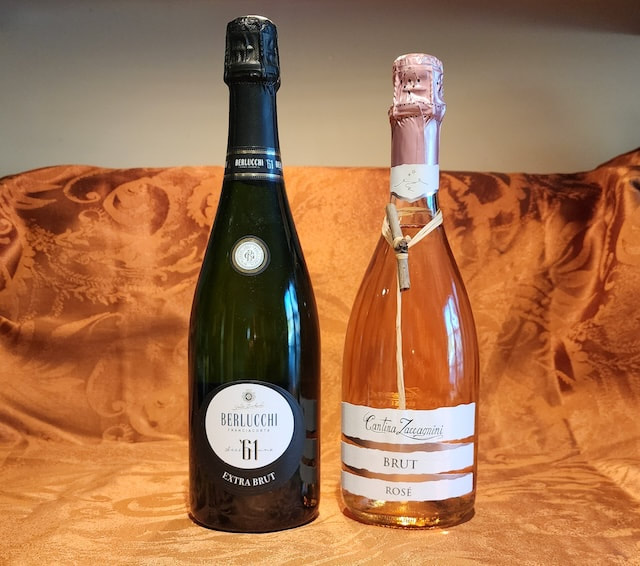
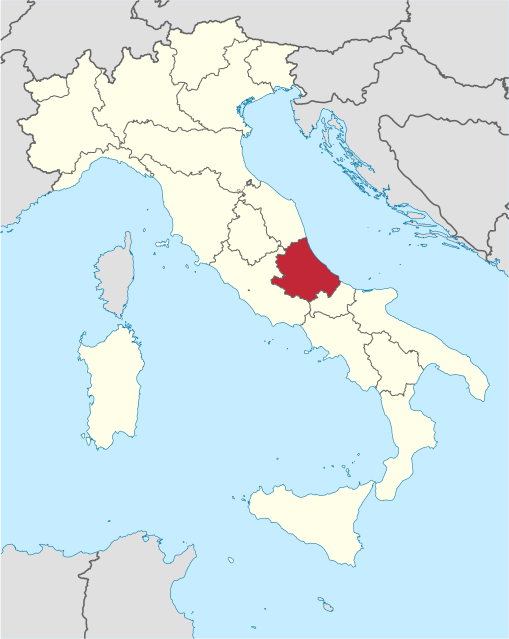
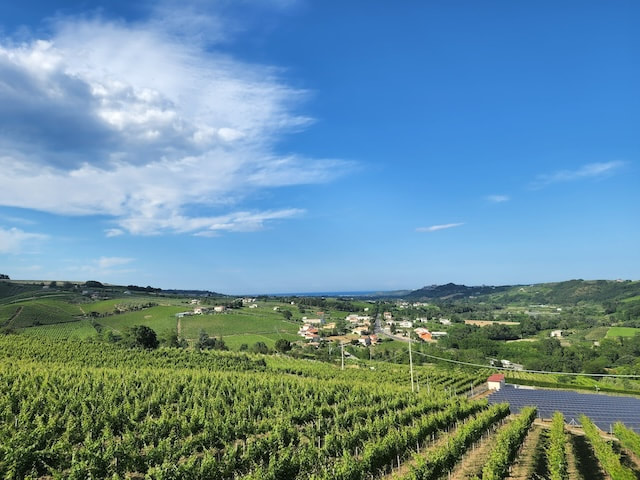
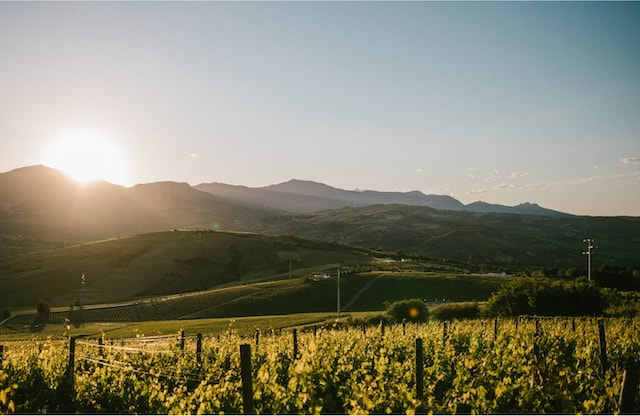
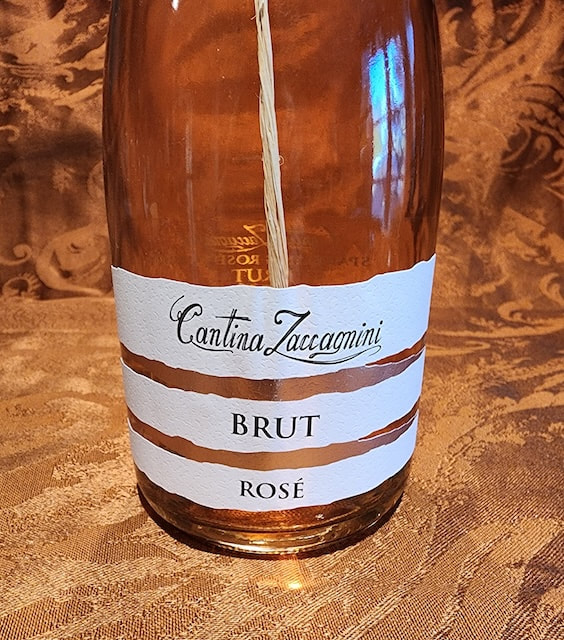
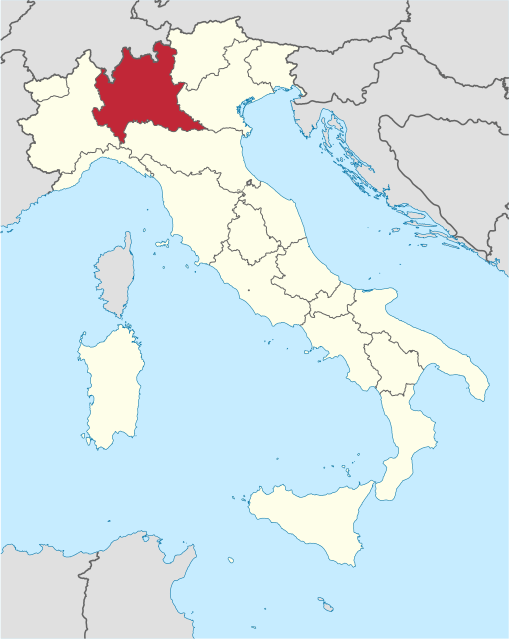
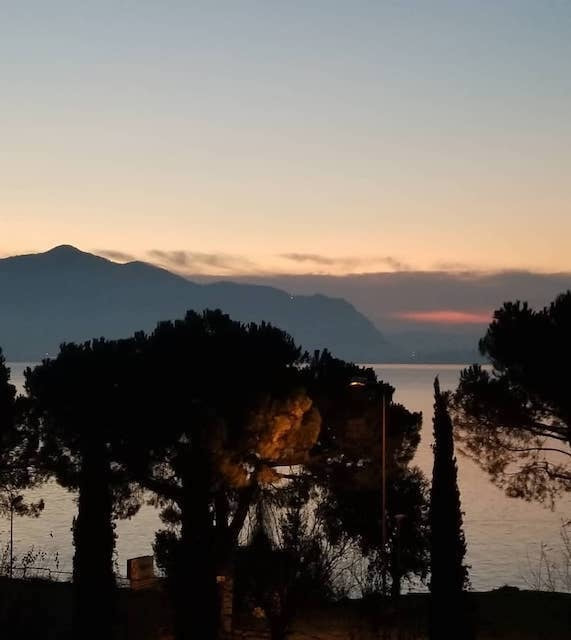
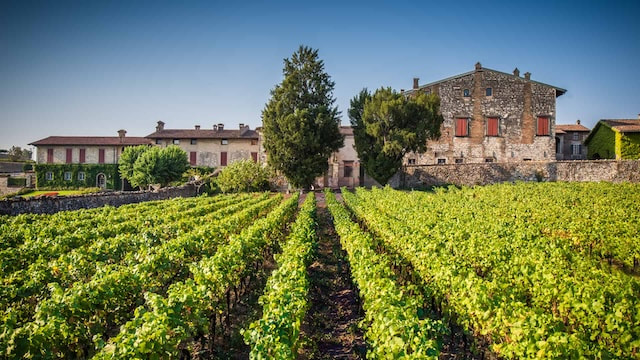
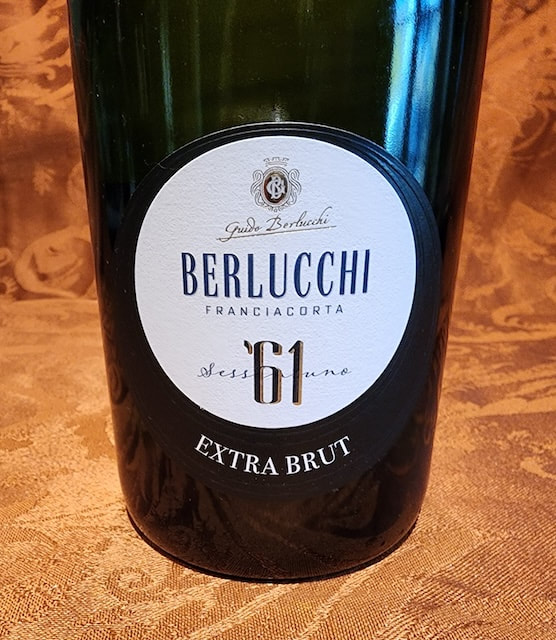
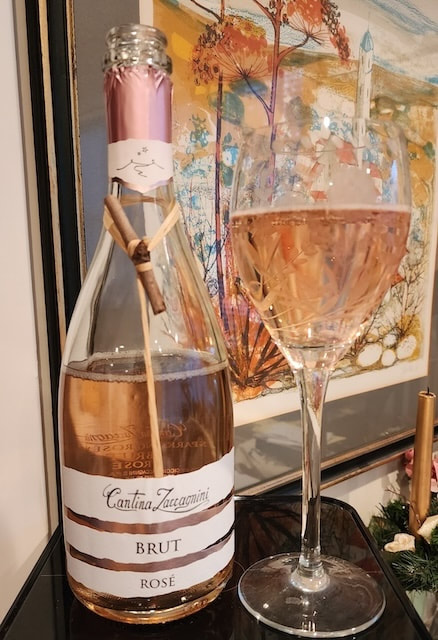

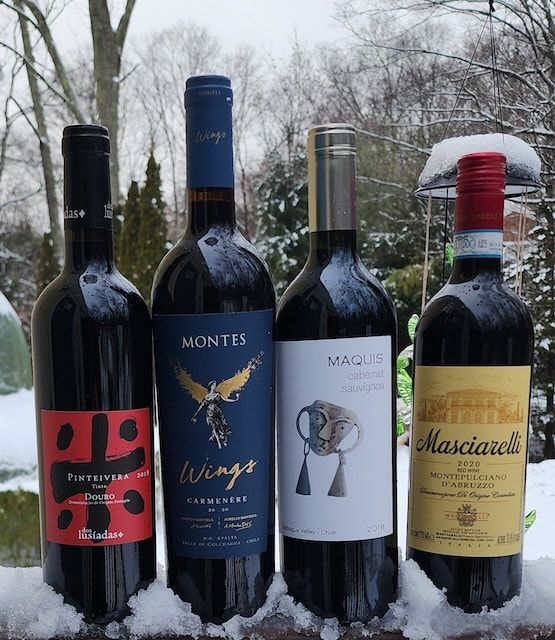
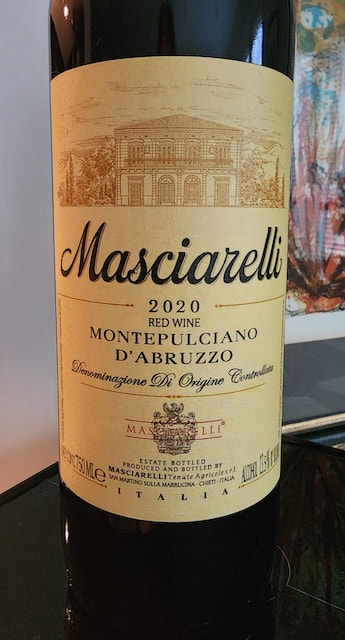
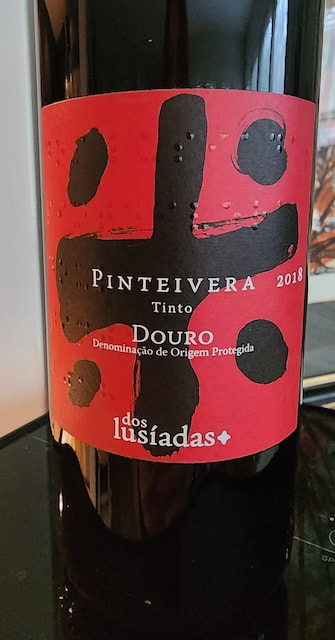
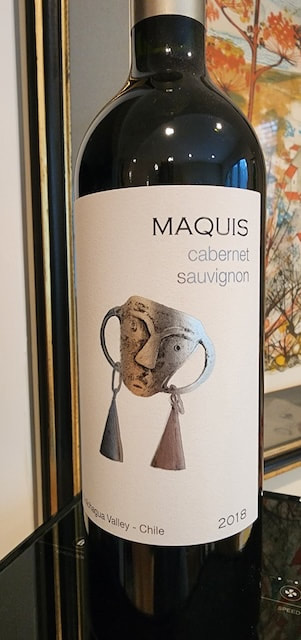
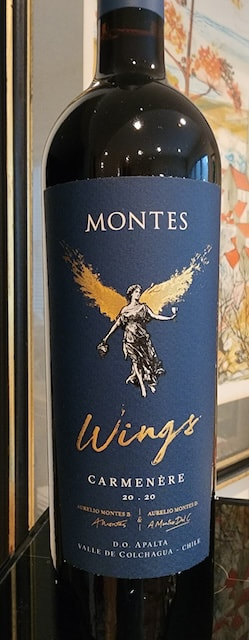

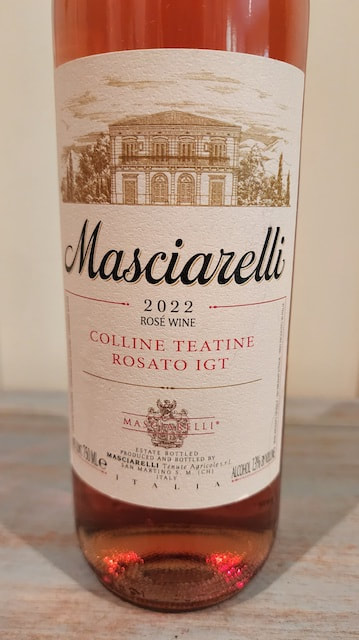
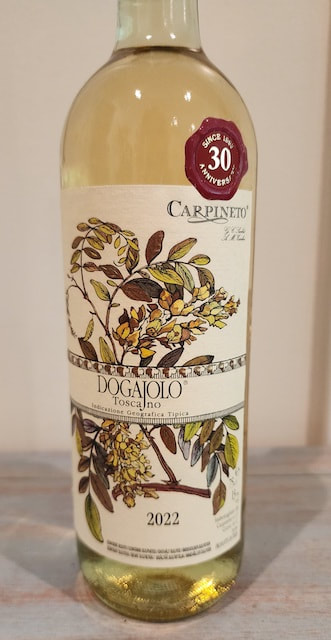
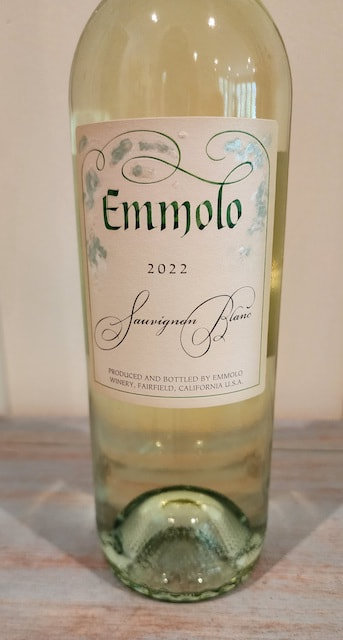
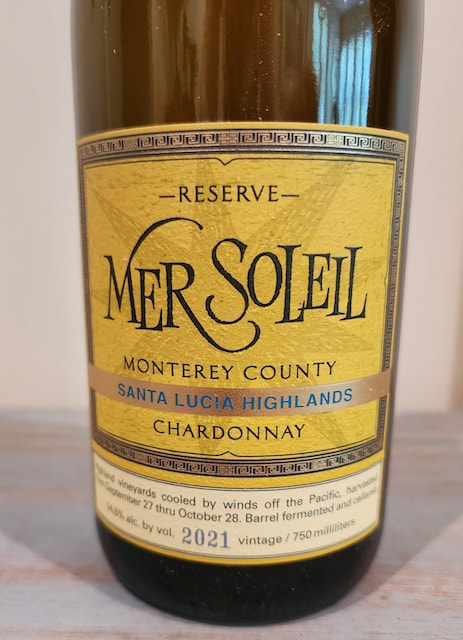
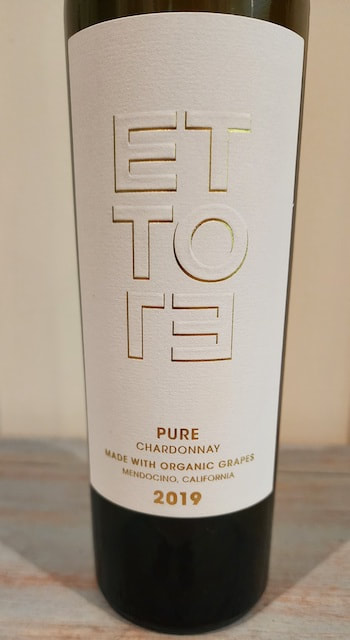

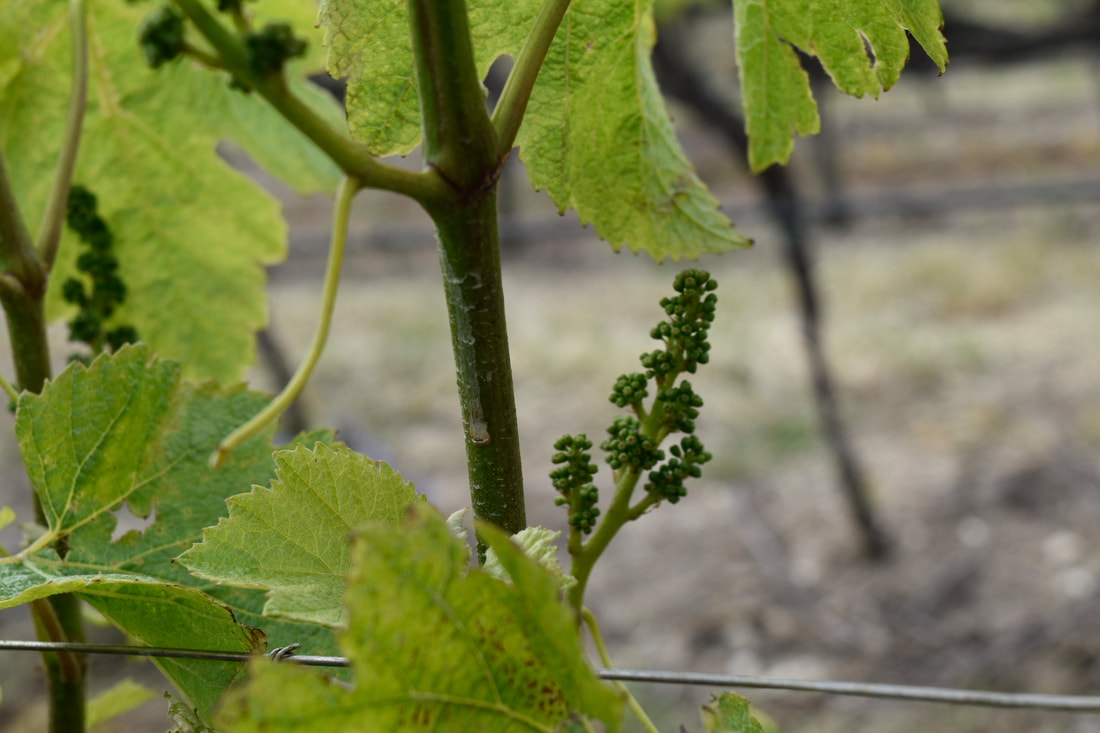
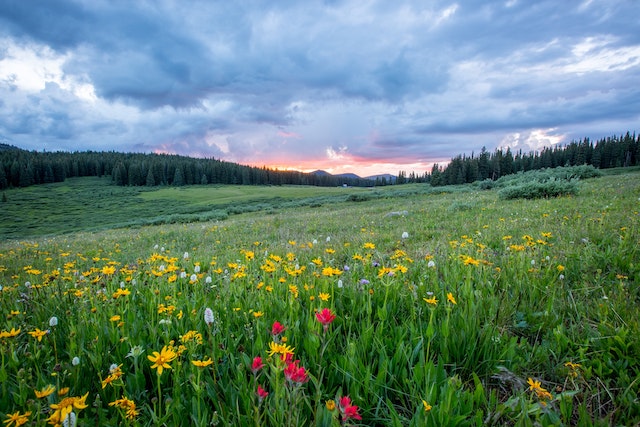
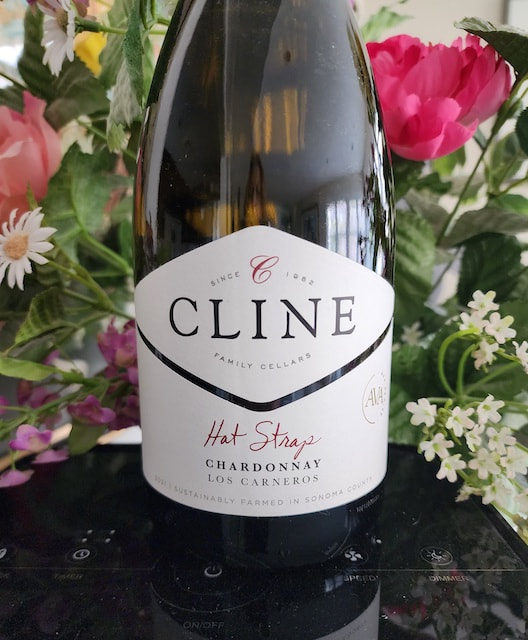
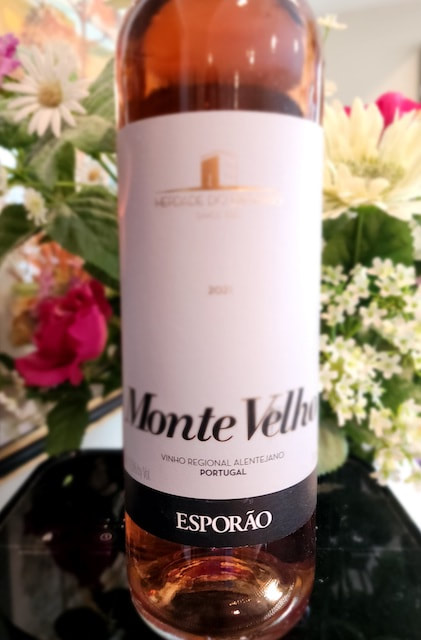
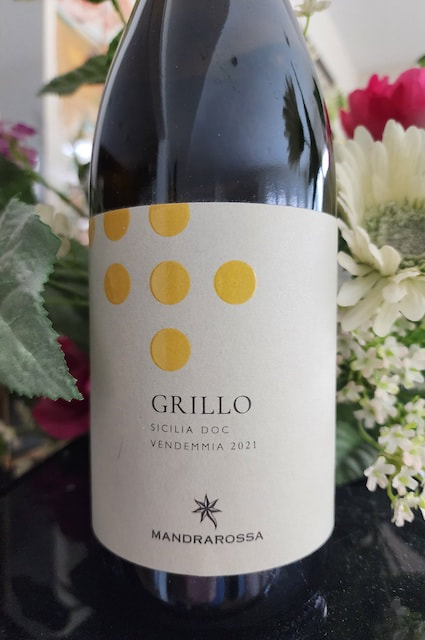
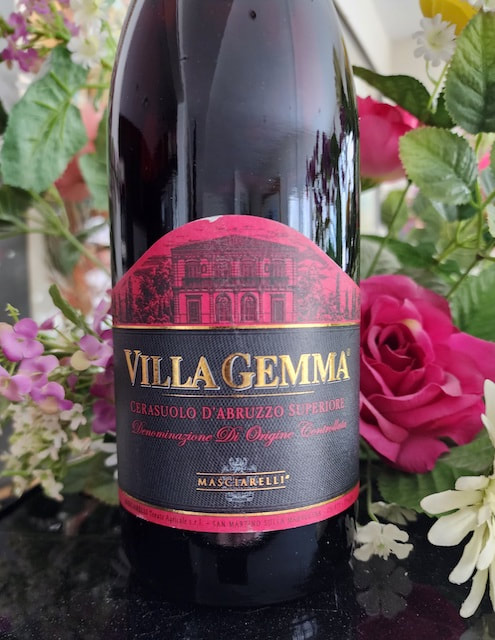
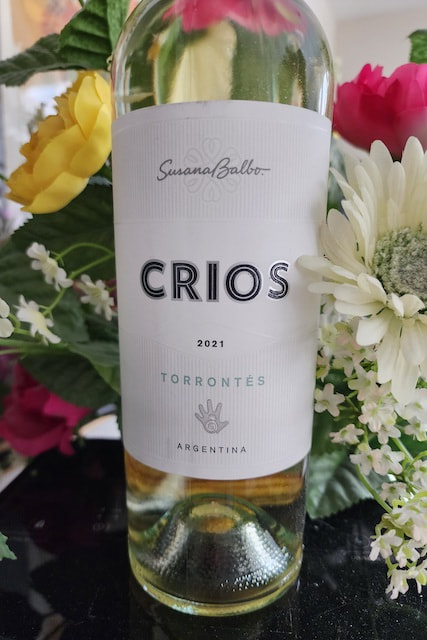
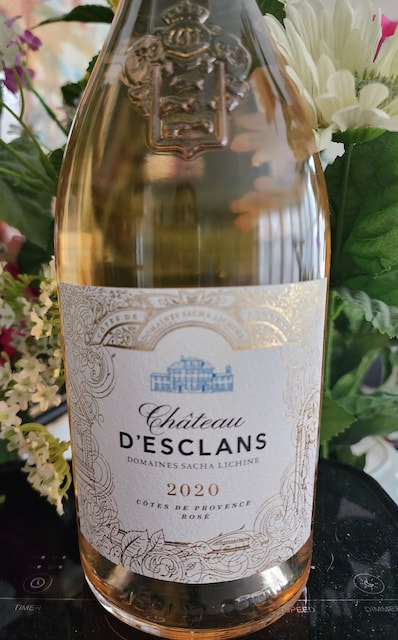
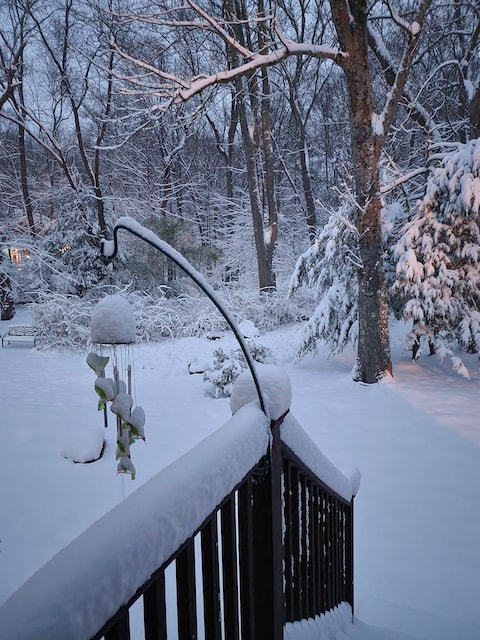
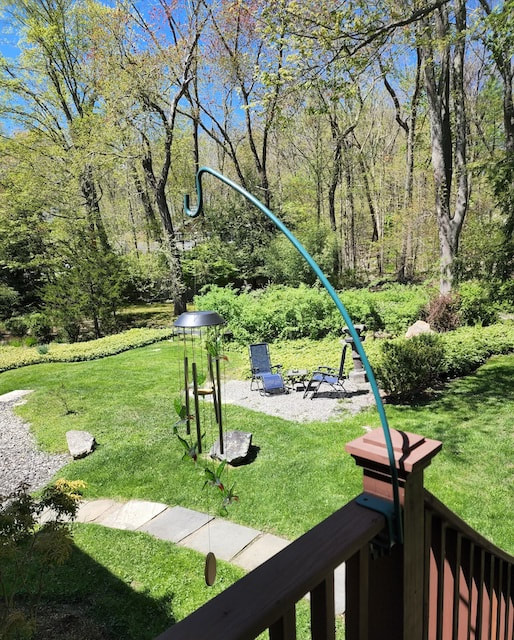
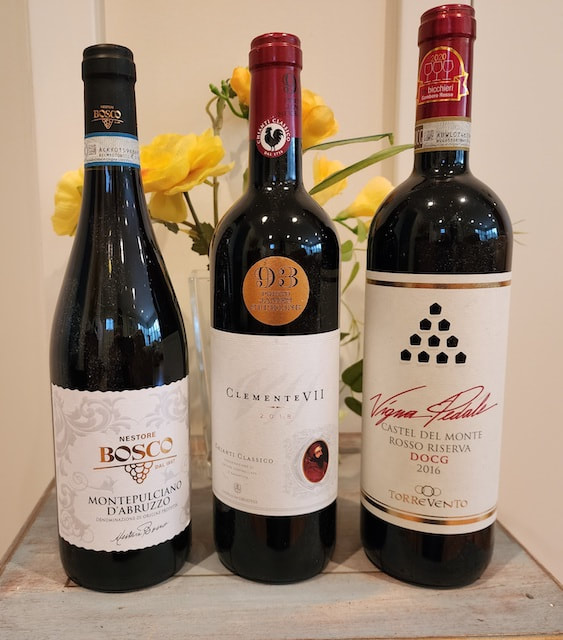

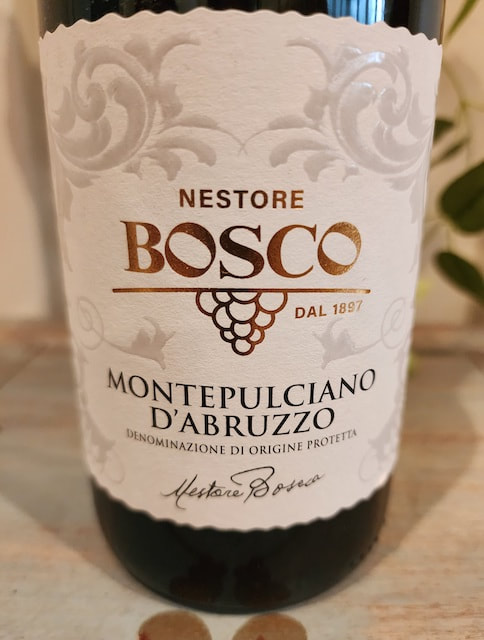
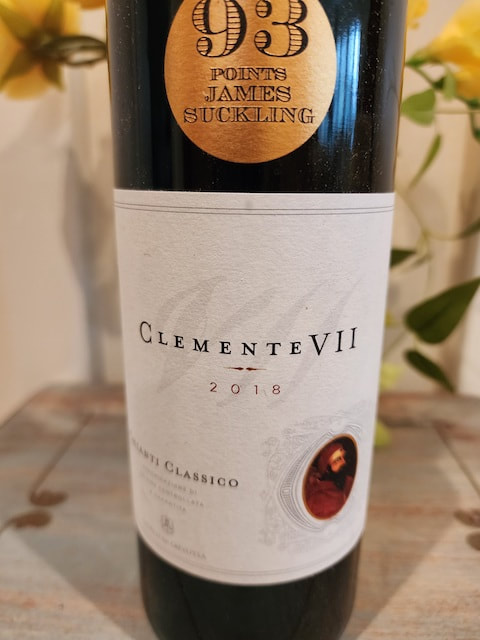
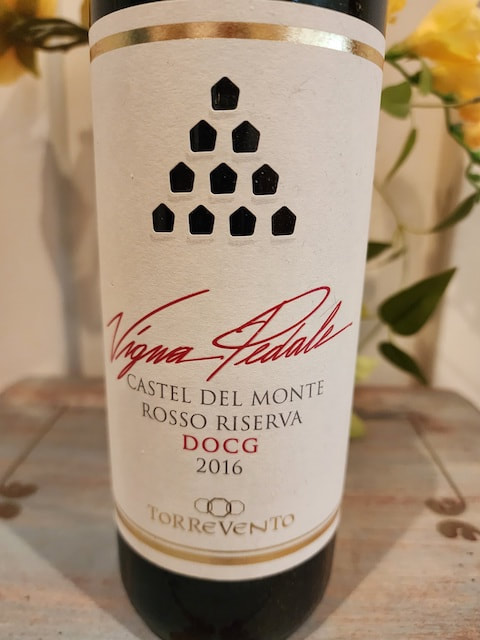
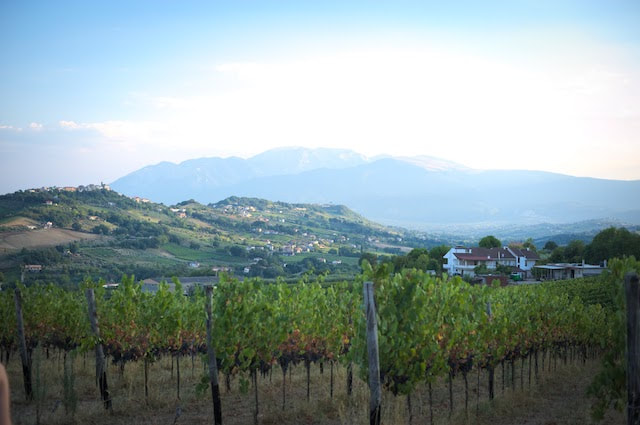

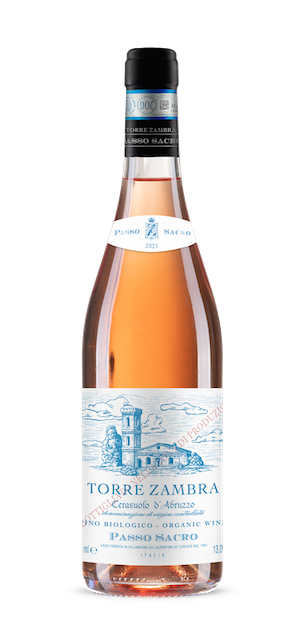
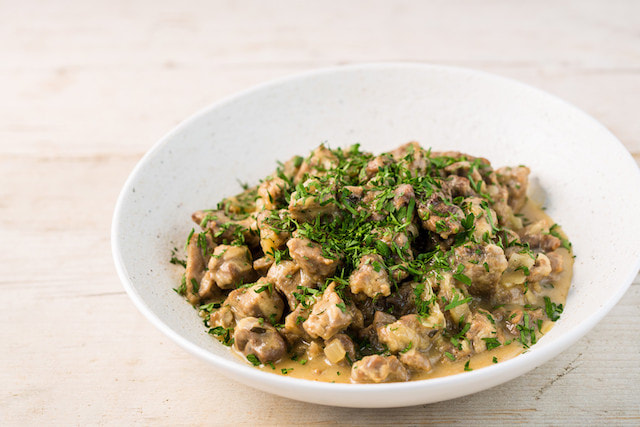
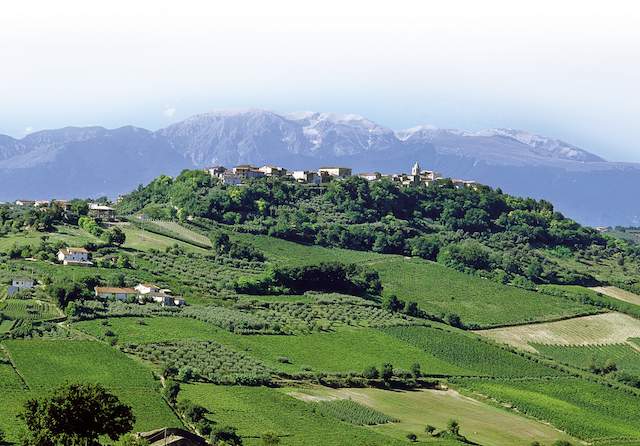
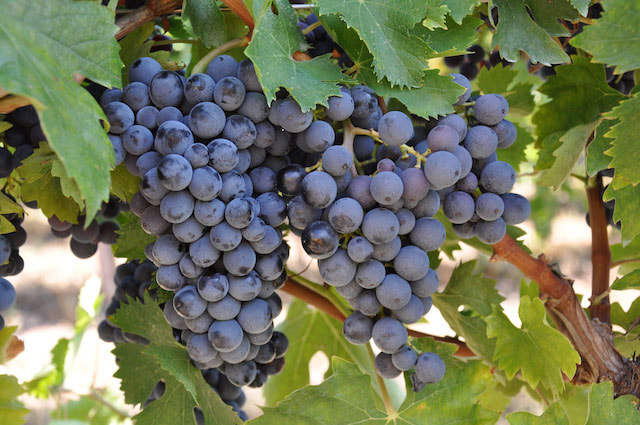
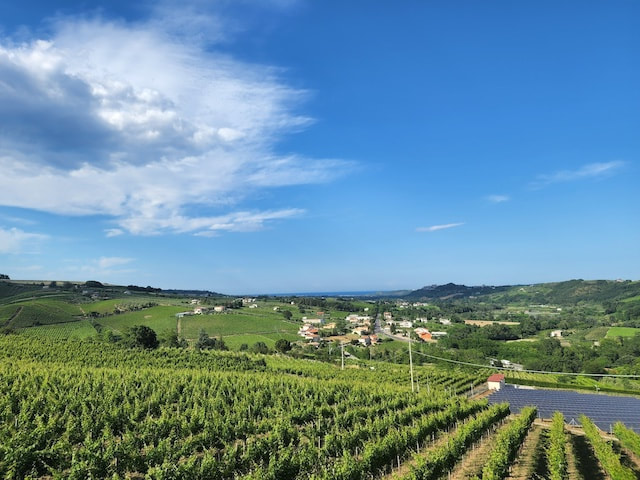
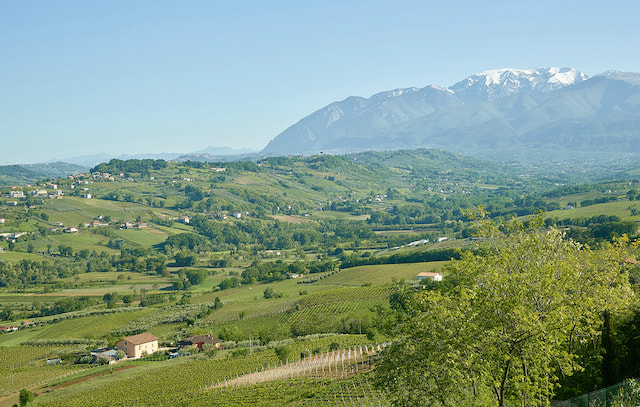
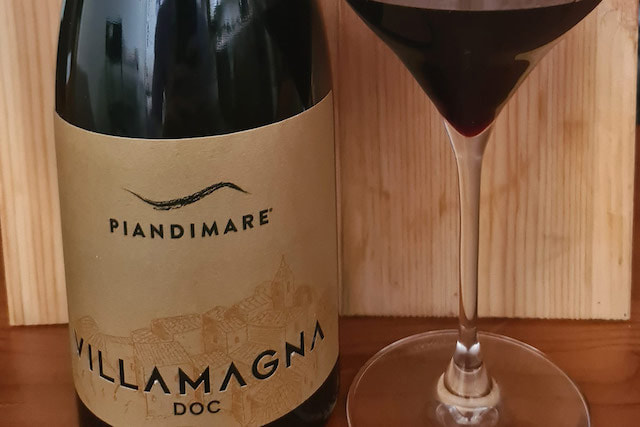
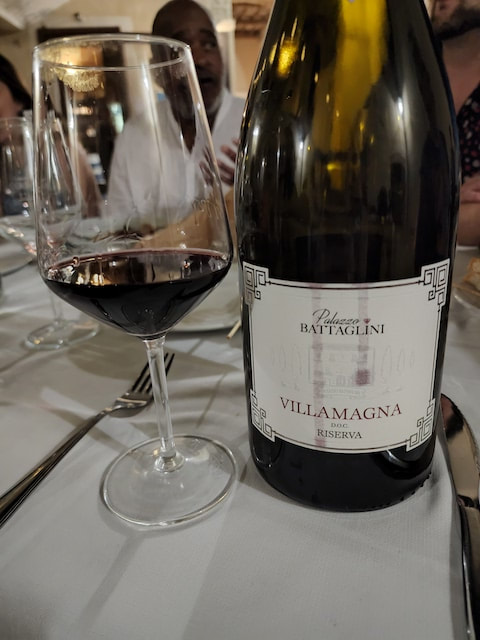
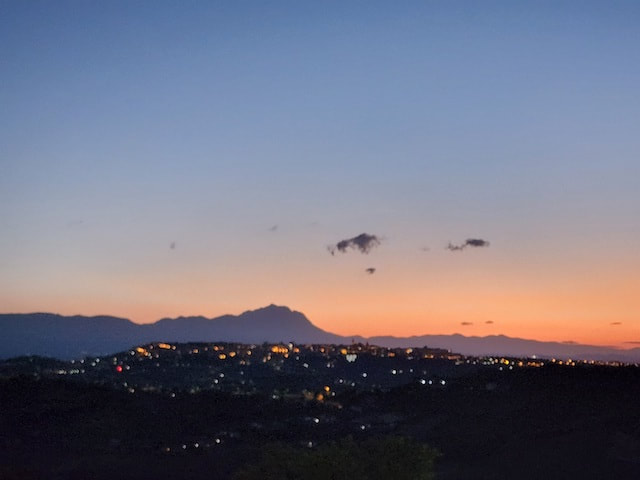
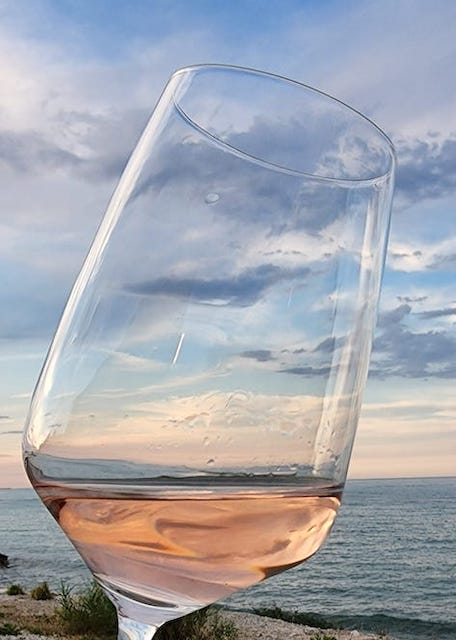
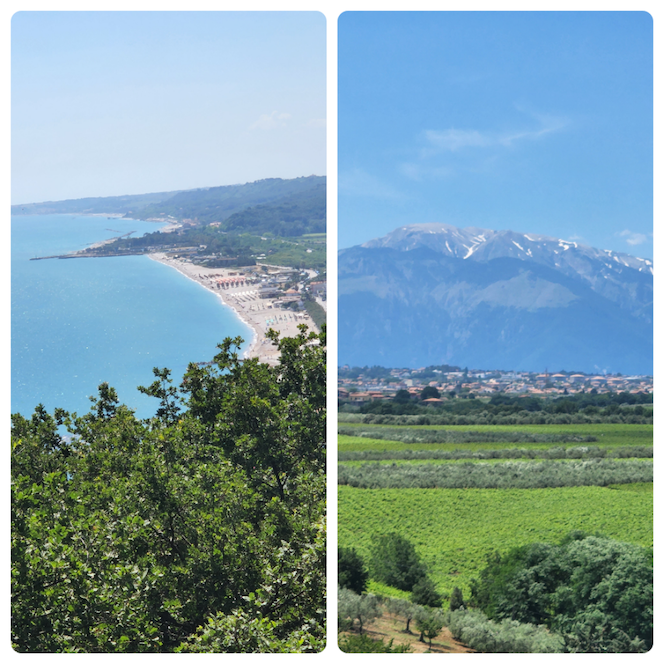
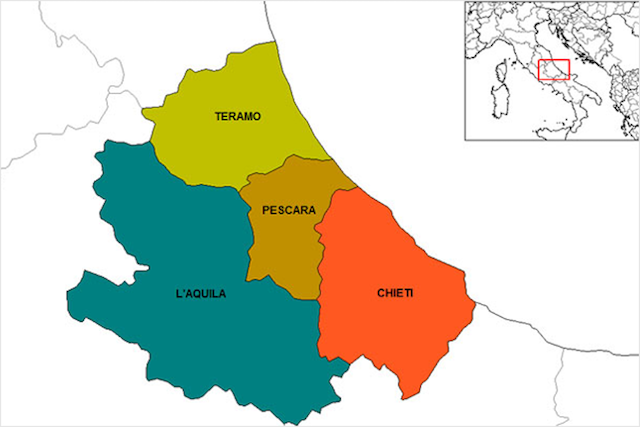
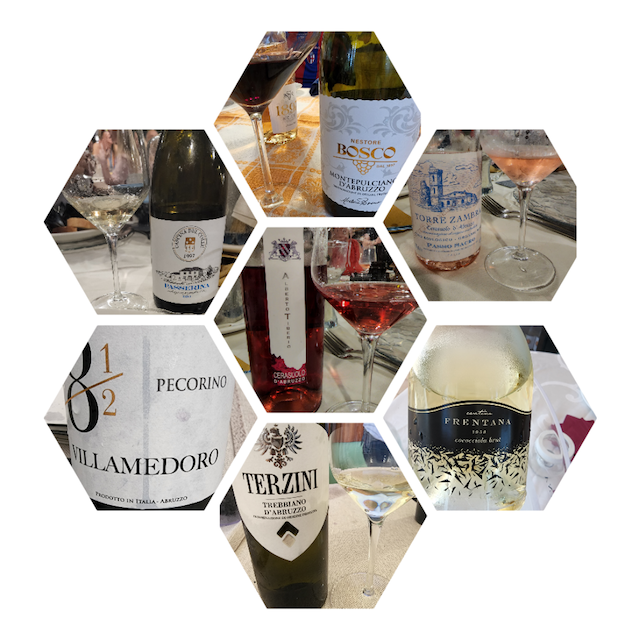
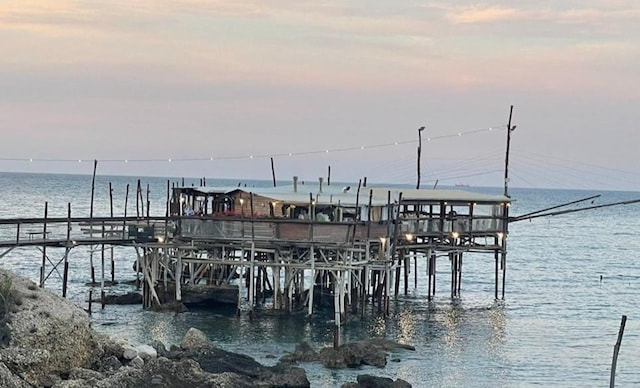
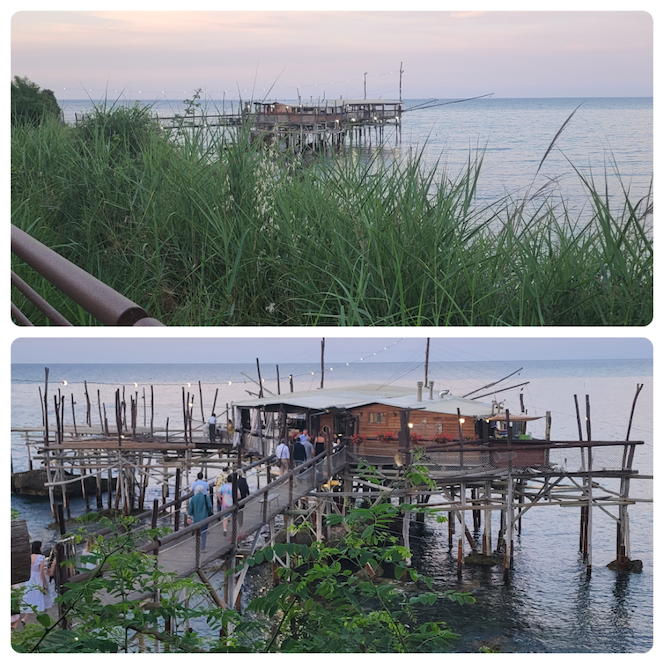
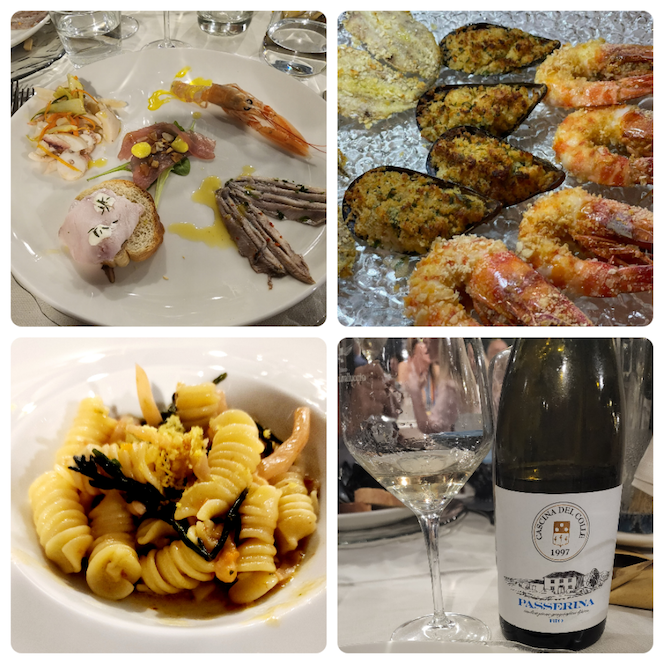
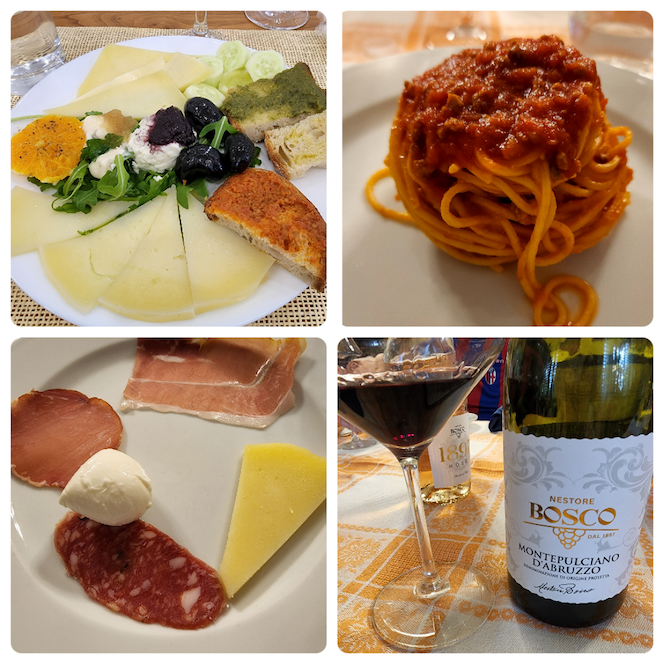
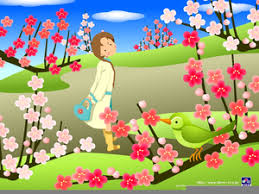
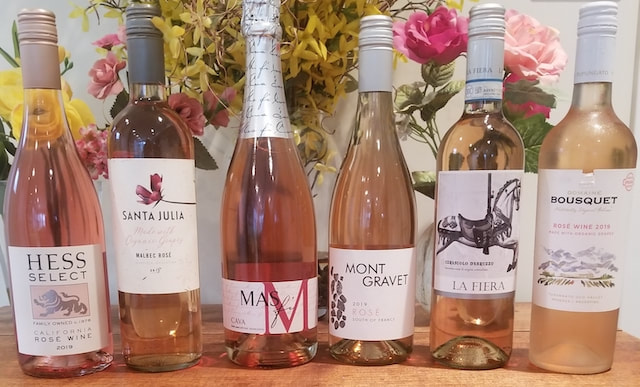
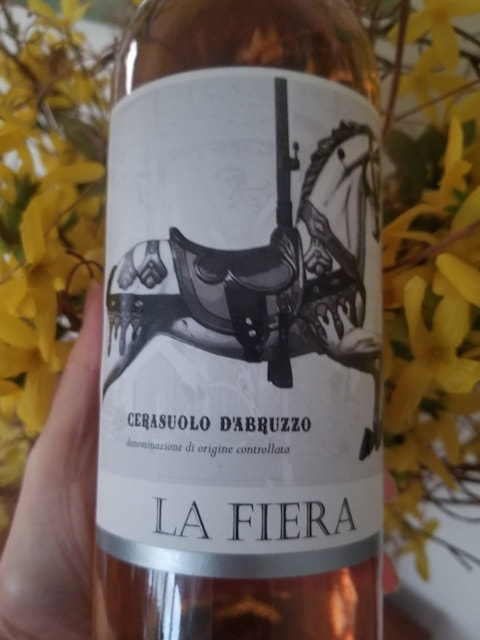
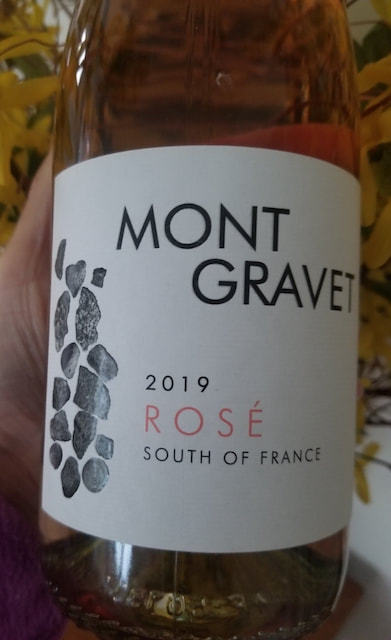
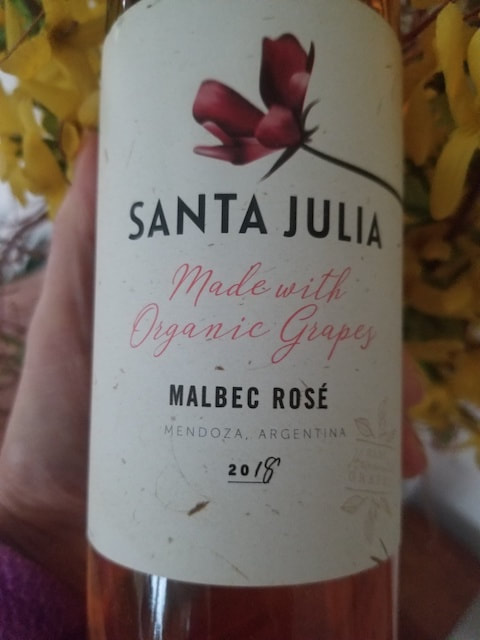
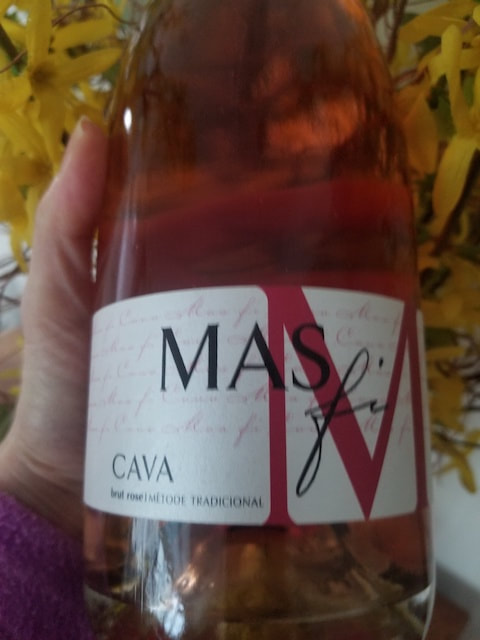
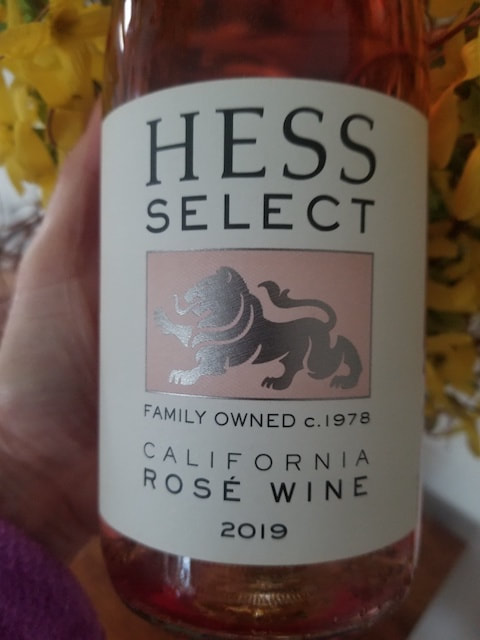
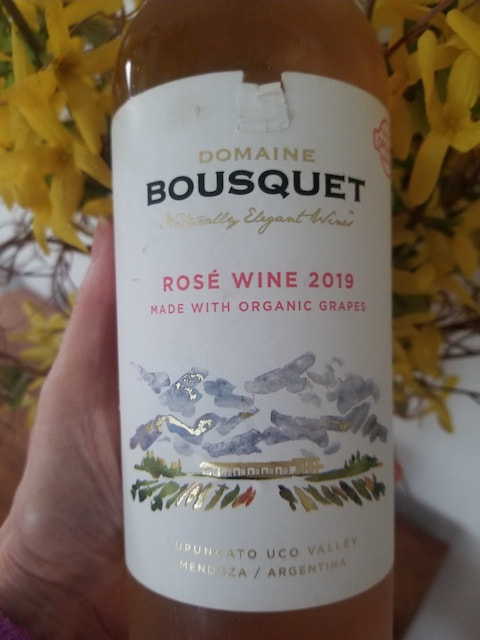
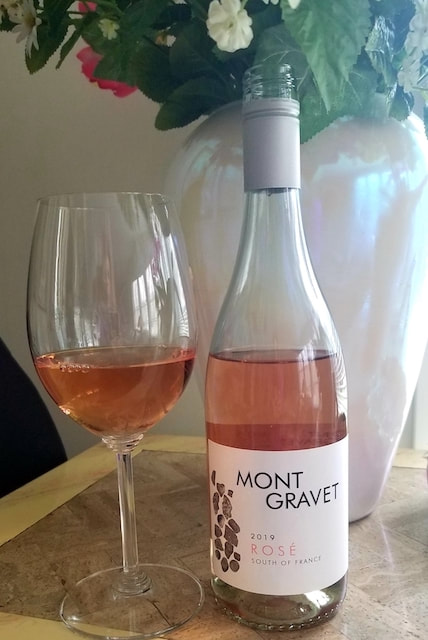
 RSS Feed
RSS Feed